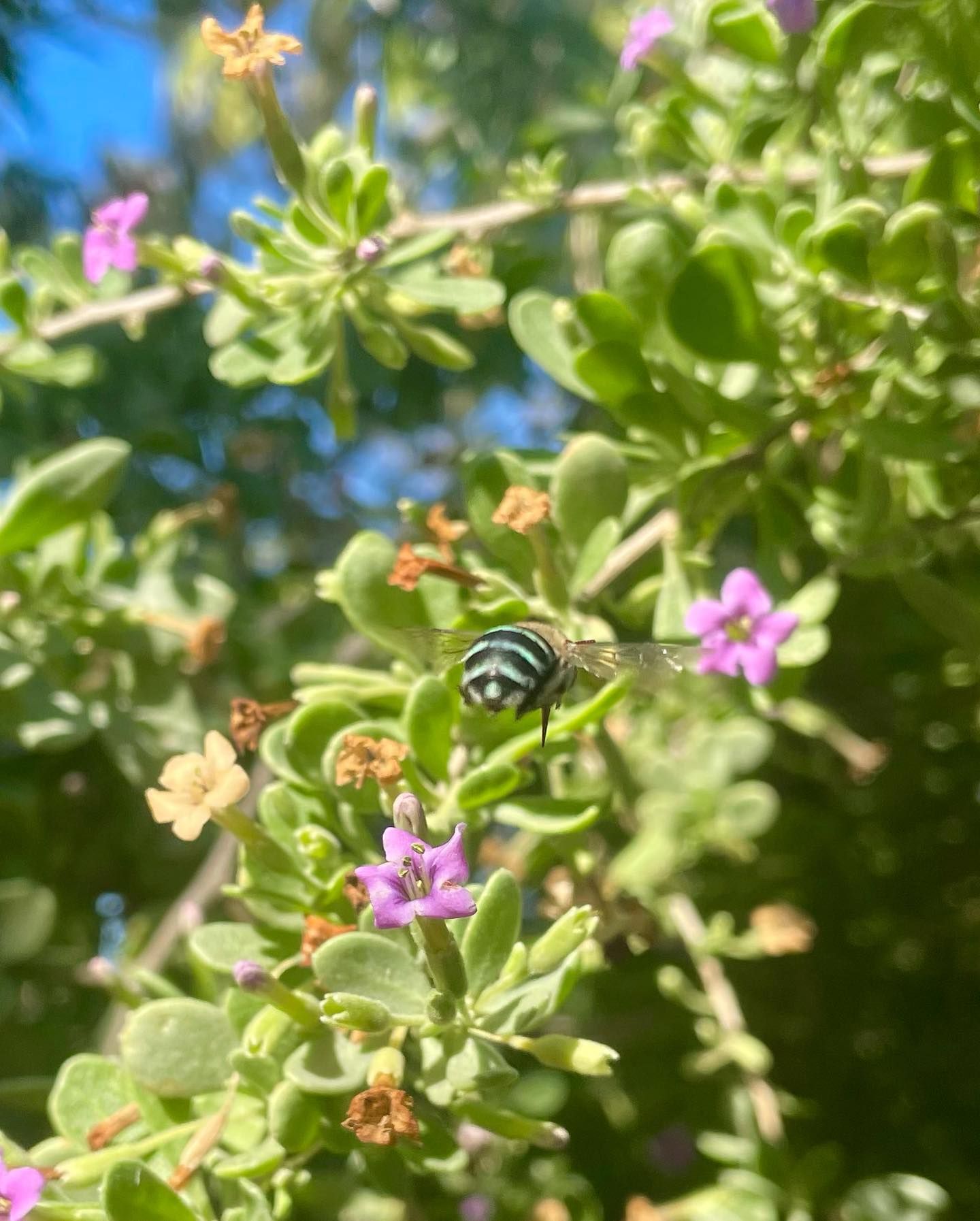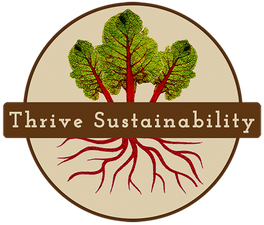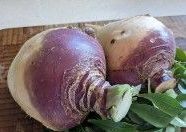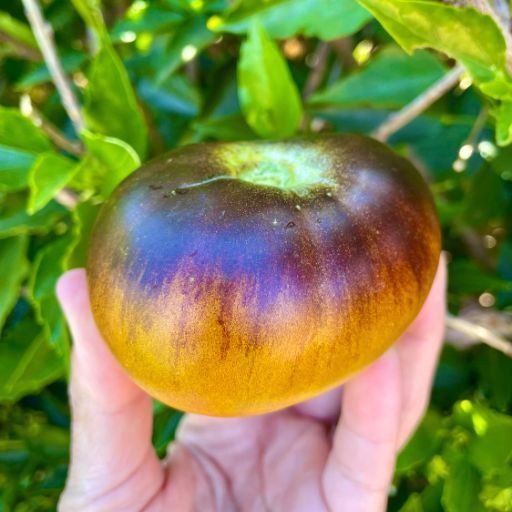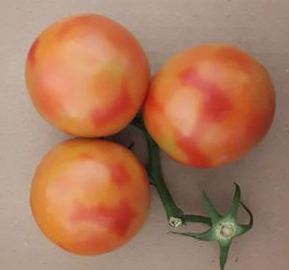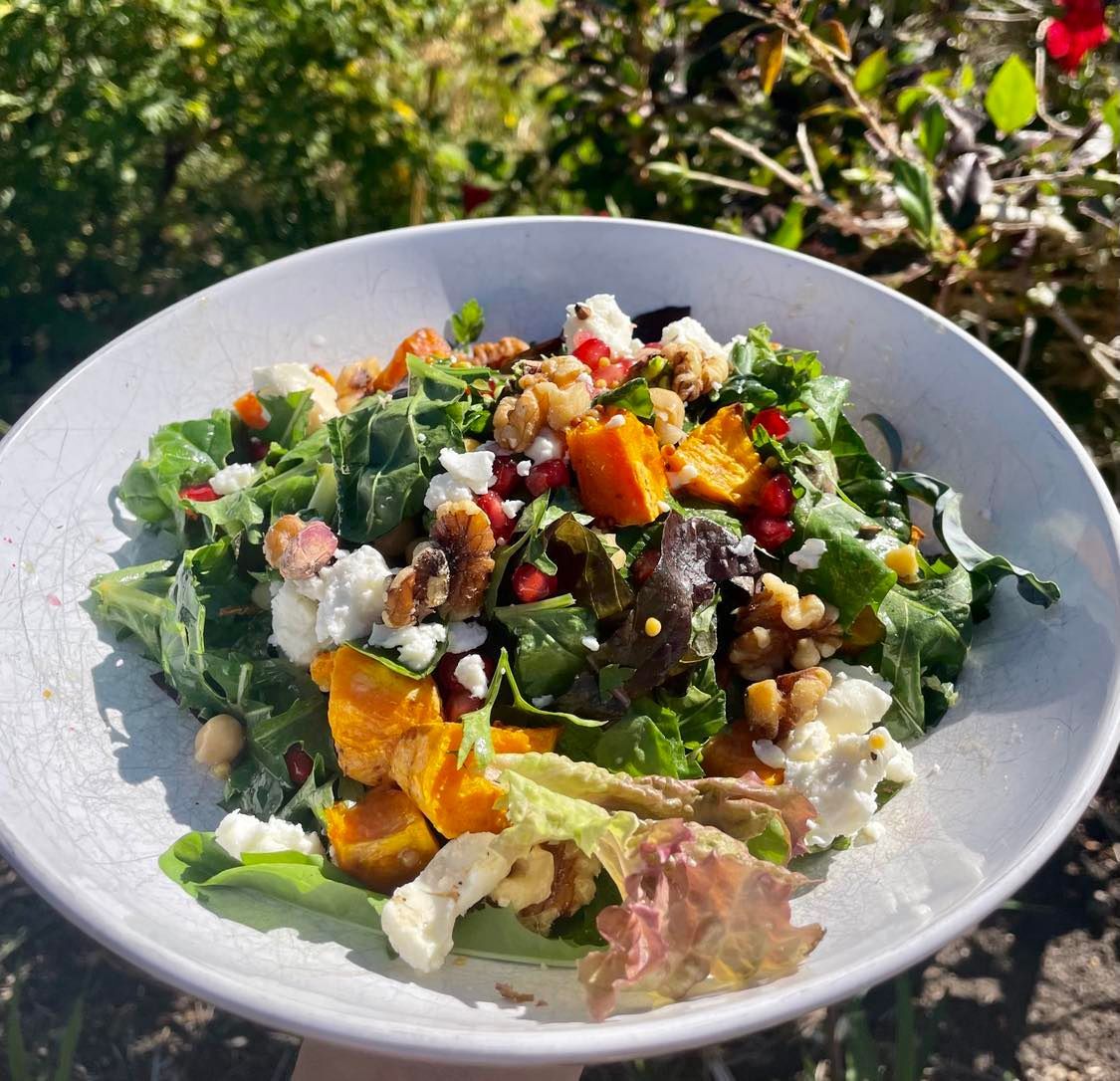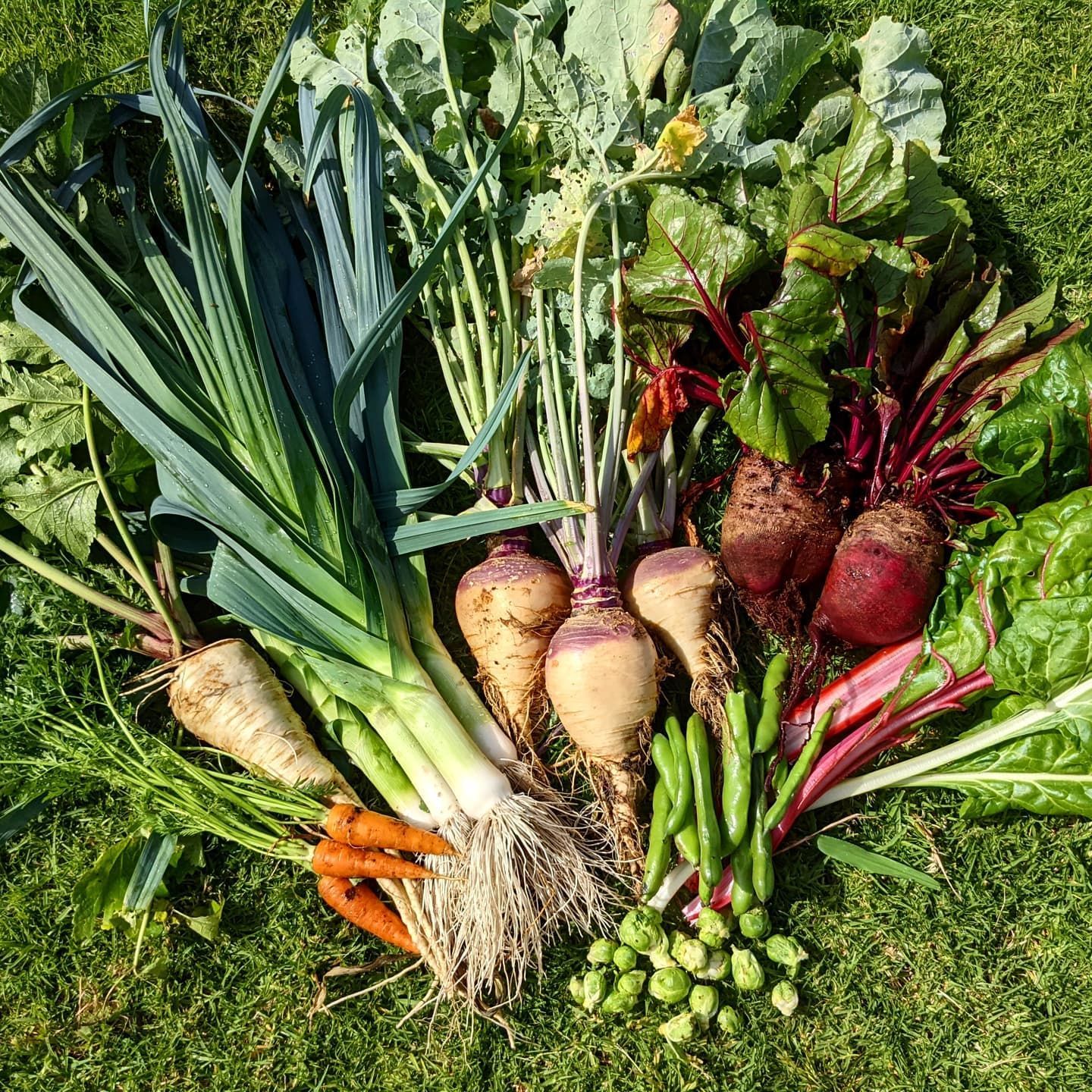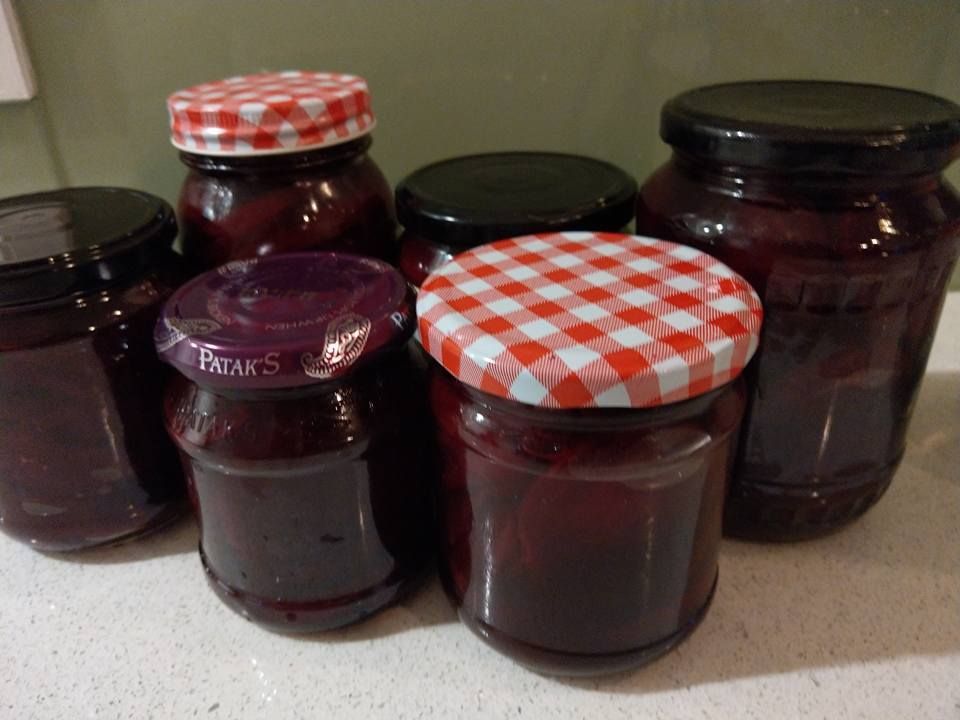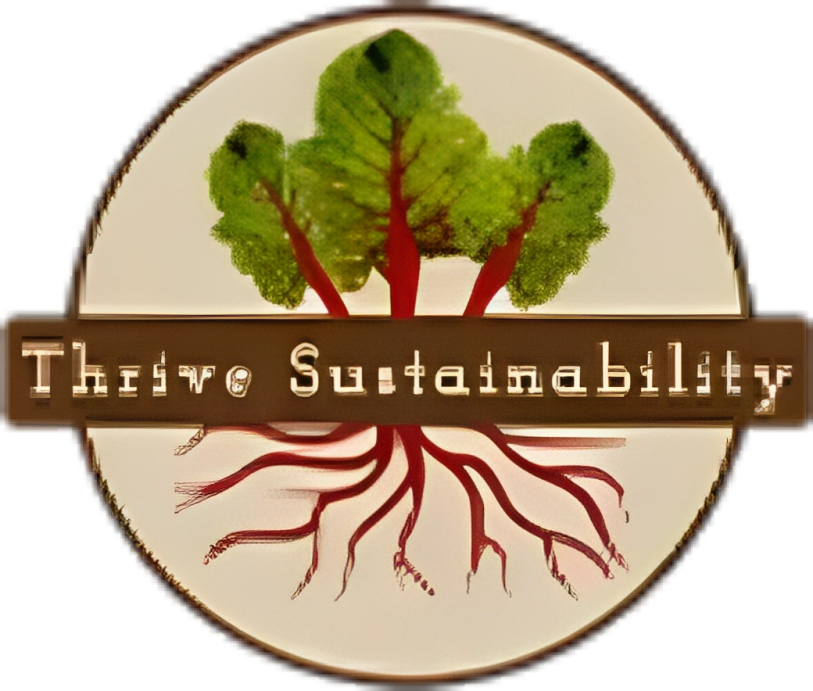Growing, harvesting and storing root vegetables.
If you follow these basic guidelines root vegetables are an easy to grow crop. They are not often bothered by pests and have the added advantage of storing well for months after harvesting without the need for freezing or processing.
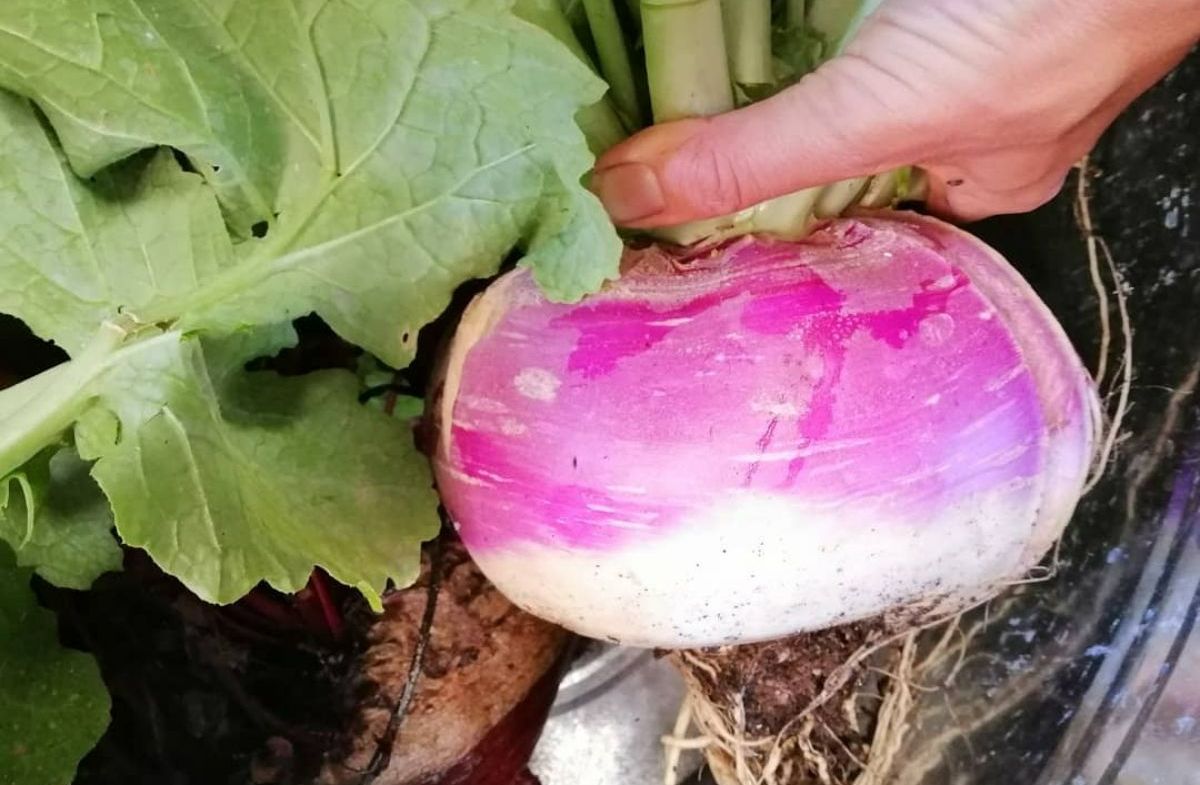
Growing
•Grow in the right season. Most Root vegetables favour cooler weather, so it’s best to sow seeds in autumn, winter (if no frost) and in some cases, early spring. However, there are some varieties that can be sown year-round, if in doubt you can select the season you want to purchase seeds for in our online store.
•Prepare the soil. Remove any rocks or large roots, if your ground is heavy clay or particularly hard and rocky root vegetables especially carrots and parsnips will grow better in a raised bed. Phosphorus is important to promote root growth and the most natural and slow-release way of adding it is through incorporating compost, manure, or worm castings, all of which will add other nutrients and improve soil health and structure. The soil should be loose, well-draining, and not too rich in nitrogen as this will result lots of leafy growth but small roots, so avoid fertilisers high in nitrogen.
•Sow seeds directly. Sowing seeds directly in the ground is more cost effective and most root vegetables are stunted by transplanting, especially carrots so safe yourself the disappointment of pathetic, small malformed vegetables and leave those punnets of carrots on the shelf when you are in the big green shed!
•Provide sufficient space. Thin your plants to give the roots enough space to grow. Crowded plants will compete for nutrients and water and produce small or distorted roots. One great space saving variety of beetroot is Beetroot ‘Cylindra’
•Remove weeds. Weeds can interfere with the growth and development of your root vegetables, so keep your garden bed free of them. Mulching can help suppress weeds and retain moisture in the soil.
•Root vegetables need consistent moisture to grow well and prevent cracking or splitting, ensure your soil can retain moisture and water deeply throughout hotter months, we find root vegetables thrive in our wicking beds.
Harvesting
Younger roots are usually most tender if I am harvesting roots to roast whole, I usually select smaller roots, this can leave room in between for larger roots to develop. Most root veg you can tell by scratching away the soil and seeing if the diameter of the root is big enough, when harvesting potatoes wait until the foliage yellows and starts to dye back.
Storage
Roots need to be stored in cool, dark, and humid conditions to prevent them from sprouting, rotting, or going soft.
•In mesh bags: These are great for potatoes as they allow air circulation, which prevents moisture build-up. Hang them in a cool, dark place.
•In the ground: Some root vegetables, such as parsnips and salsify, can be left in the ground and harvested as needed. You can cover them with a thick layer of mulch to protect them from heat in warmer months.
•In tubs filled with moist sand, this prevents roots from going soft and shrivelling in vegetables which lose moisture such as carrots, celeriac, turnips, swedes, beetroot and Jerusalem artichokes. Place the roots in layers of moist sand, ensure they are covered and place the tub in a dark place such as a shed.
This method is far better than refrigeration for many root vegetables.
